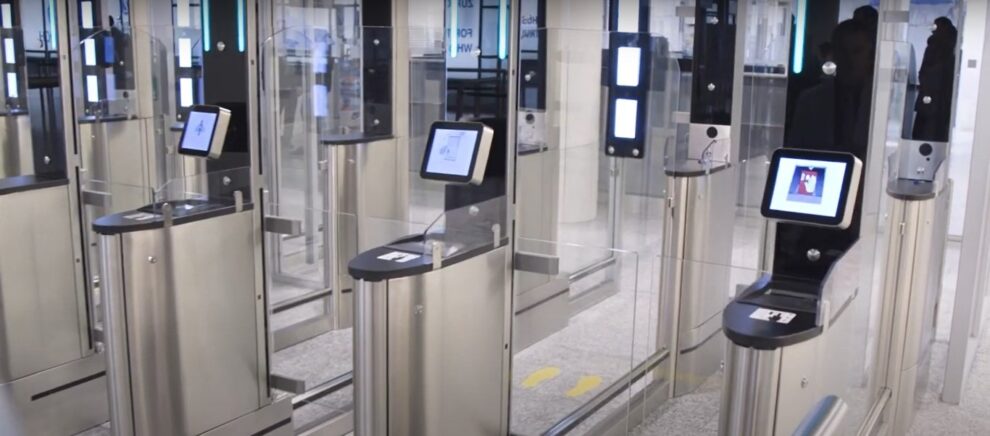From Sunday, non-EU travellers entering Europe’s Schengen open-borders zone will gradually be photographed and fingerprinted at border crossings, as the European Union rolls out its much-delayed automated border checks.
The aim of the new system? To replace eventually the manual stamp on passports and secure better information-sharing between the bloc’s 27 states.
“This is a significant step towards a more secure and efficient border management system for the EU,” said EU spokesman Markus Lammert.
The border-check system will allow authorities to know when people entered and exited a country, in the belief that it will help better detect anyone overstaying and people refused entry.
Hotly debated for nearly a decade, the system has, however, raised concerns among transport providers and passengers, who fear it could lead to longer queues at airports and train stations.
To limit disruptions, there will be a phased rollout.
The first phase begins on Sunday.
Non-EU nationals arriving for short stays in all EU countries — except Cyprus and Ireland — will be asked for their passport number, to provide fingerprints and have their photo taken at automated kiosks.
The same requirements will apply in Iceland, Liechtenstein, Norway — members of the European Economic Area including the EU — and Switzerland.
The bloc’s biggest countries, including France and Germany, will carry out only a handful of checks in a bid to avoid huge queues at airports.
“We expect a normal situation on October 12, with no congestion issues,” France’s interior ministry said, but acknowledged the system will be a “major challenge” for one of the world’s most popular tourist destinations.
Some smaller member states will have the system fully in place from Sunday.
Each and every member state will have until mid-April to use automated checks for all passengers at their borders.
All eyes will be on the UK border as British nationals — no longer EU citizens after Brexit — will also be subject to the new checks.
UK authorities have already warned Britons “each passenger” will have to wait “a few extra minutes” before they can enter Schengen territory.
The Channel Tunnel’s operator Getlink and train service Eurostar have expressed confidence that they are “ready” and the system will run smoothly.
Checks will be carried out for passengers in Britain before they cross the border, especially at London’s St Pancras station and the port of Dover. Terminals have already been installed.
The EU executive has said there will be information campaigns to streamline the implementation of the Entry/Exit System (EES).
“EES will contribute to prevent irregular migration and help protect the security of everyone living in or travelling to Europe,” it said.
The next phase in the EU’s border overhaul will be the launch of an electronic travel authorisation document, known by its acronym ETIAS, like the United States’ ESTA or its British equivalent.
Before travelling to the EU, citizens of visa-exempt countries will have to complete an online form and pay a small fee — still under discussion.

Add Comment